Fun AI experiments you can try in your browser
Would you bet on yourself to outsing Freddie Mercury? Are you wondering when you’ll finally get the chance to teach an algorithm to judge whether a song is metal enough for you? With these AI experiments, you may get to do just that — and much more.
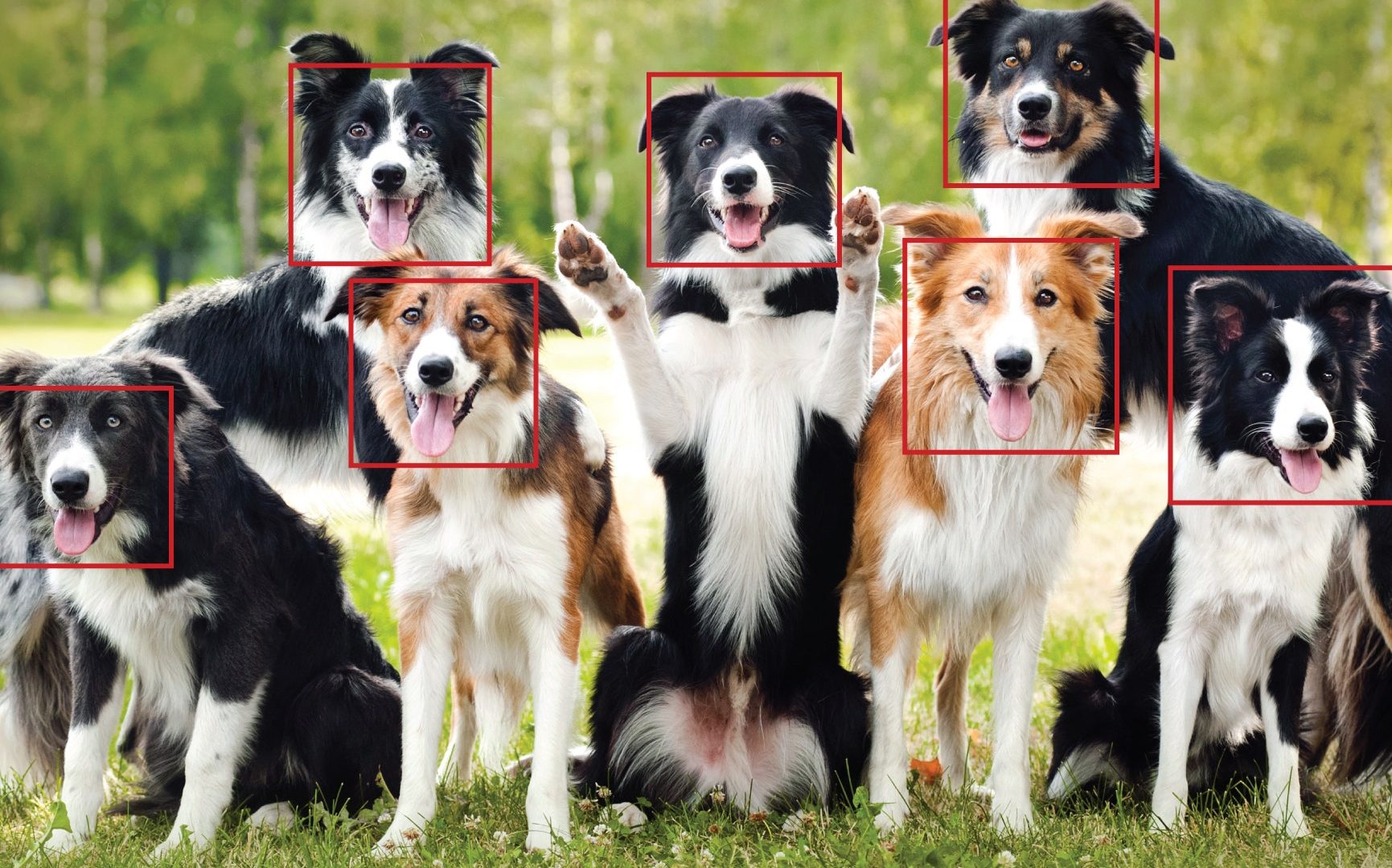
Whether or not we are aware of it, artificial intelligence and its subfield of machine learning power much of the technology we use throughout our day. It is a behind-the-scenes instrument that makes the apps we love more functional and easy to use — whether it facilitates ordering groceries, finding a route to work, listening to music, or simply browsing the world wide web. But practical uses aside, did you know that AI can also be entertaining?
That’s right. In an attempt to acquaint people with the capabilities and limitations of AI, developers from Google and beyond have been finding fun ways to demonstrate the endless creative possibilities that AI can bring. These entertaining — and at times downright silly — experiments demonstrate many of the most widely used applications of AI and machine learning that we can find across industries today.
We’ve put together a curated list of five fun experiments that you can try directly in your browser, all the while learning a bit about what AI can and cannot do. At the same time, you can see just how task-specific current algorithms and models are. And how far away we are from developing a general, truly multi-functional AI machine that could do all of the above while also plotting to take over the world, as we are sometimes made to believe.
Teach an old computer new tricks
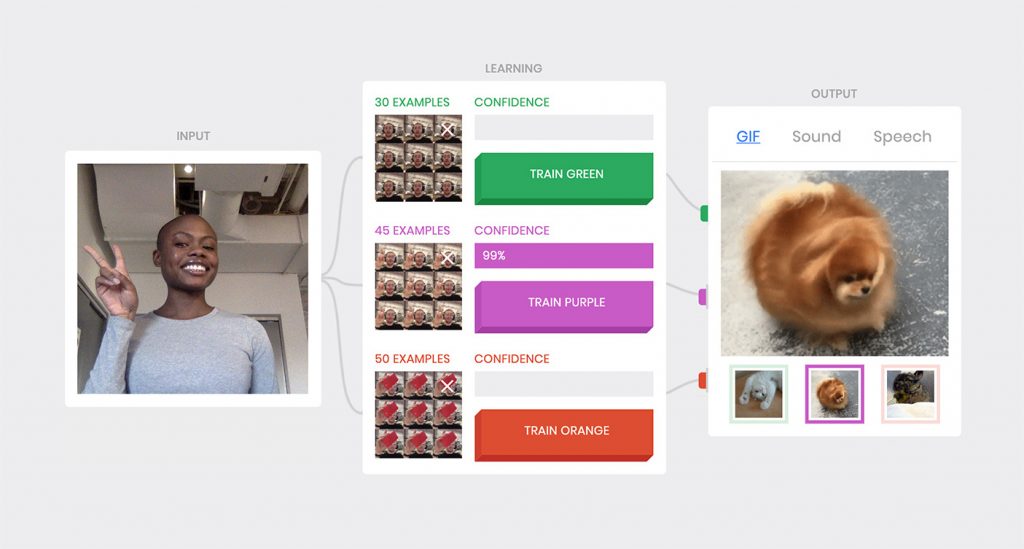
With Teachable Machine, Google has made it possible for users with no prior coding experience to create their own ML models with unprecedented ease. Using only a webcam and mic, you can teach your computer to recognise the species of a flower or decide whether or not the music you are playing is metal enough!
The application uses machine learning — more specifically, a supervised learning technique called classification — to predict an outcome based on class labels allocated to inputted data, in this case in the form of images, sounds, or poses. Classification algorithms are used, for example, in spam detection or when unlocking your phone using facial recognition.
The show must go on

Have you ever caught yourself in the shower wondering whether you could’ve beaten Freddie Mercury at a karaoke competition? Well, now you can compare your singing skills with the legendary vocals of Queen’s frontman and let AI be the judge. FreddieMeter allows you to pick your favourite Queen song and find out how well you stand up to Freddie’s singing in terms of pitch, melody, and timbre.
It uses a neural network model called SPICE or self-supervised pitch estimation to measure the frequency of the sound’s pitch and track the relative differences to recognise how well you hit the melody. Such technologies have broad applications in speech analysis and voice recognition, enabling, for instance, Siri and Alexa to recognise your voice.
It’s a bird, it’s a plane…
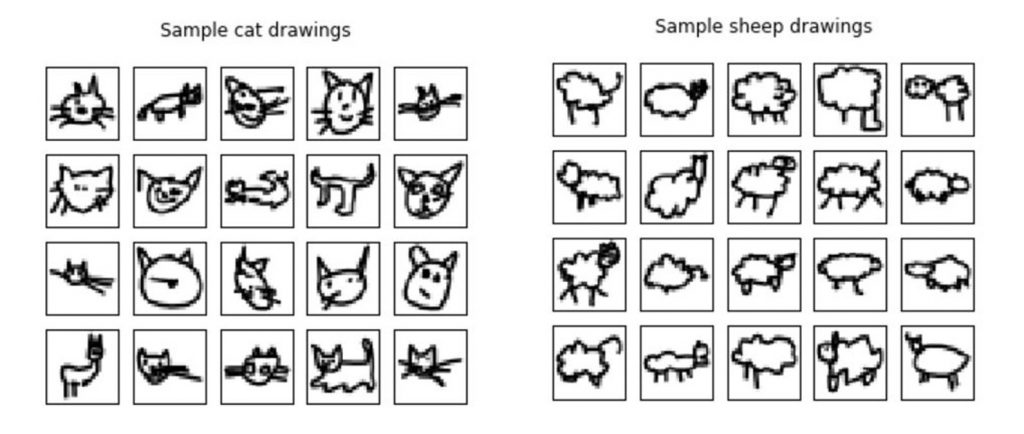
Another fun experiment to come out of Google’s labs is Quick, Draw! The game challenges you to draw an object within a time limit while it attempts to guess what your doodle is. And by participating, you also help train the model. With every drawing, you contribute to the largest doodle dataset of over 50 million inputs, helping increase the model’s ability to guess with higher accuracy.
The game allows you to not only test your drawing skills but also to see just how well or how badly AI performs in recognising freeform handwritten input. The technology used is a recurrent neural network, a type of artificial neural network that enables the game to process data sequentially across time. It is often used in online handwriting recognition applications that you may find on tablets. Czech scientist Tomáš Mikolov has made significant contributions to the application of RNNs on language models.
Your own virtual composer
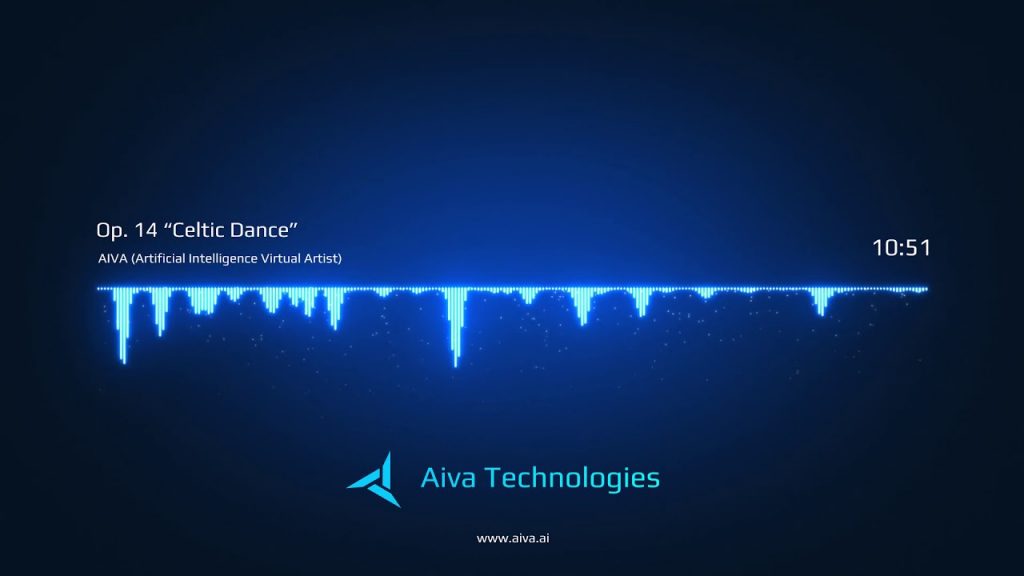
Short for Artificial Intelligence Virtual Artist, AIVA is a virtual composer that can generate minutes-long compositions in a matter of seconds. Select from a number of styles, including jazz, pop, or even cyberpunk, and you can listen to a unique piece of music in a few moments.
AIVA works on the basis of deep learning and reinforcement learning, both particular types of ML. Deep learning enables AIVA to recognise musical patterns on a dataset — in this case, over 30,000 classical compositions from the world’s greatest composers, including Bach, Beethoven, and Mozart. Reinforcement learning then allows AIVA to generate original compositions without explicit instructions, permitting the programme to efficiently capture the variation found in musical compositions. Czech Researchers Richard Stiebitz and Filip Humpl utilised AIVA to complete a fragment of Antonín Dvořák’s piano composition.
Deep learning and reinforcement learning models are also used in autonomous vehicles, where algorithms are trained to learn and make decisions on various tasks from input data that has not been previously structured.
Ba dum, tss!

If you prefer rhythmic beats over the sound of a string quartet, another rather addictive music AI experiment is Google’s Infinite Drum Machine. Do you think that the sound of a tambourine, a bag of chips, car keys, and a spatula against a dish can’t make for a mean beat? Well, try for yourself.
The model uses an unsupervised ML algorithm used for data visualisation called t-SNE or t-Distributed Stochastic Neighbour Embedding to organise thousands of everyday sounds into an easy-to-use, galactic interface, from which you can control your drum and create your own funky beat.
Next up from prg.ai

Typical Prague AI firm is young, self-sufficient, and export oriented, shows our new comprehensive study
130 companies, 11 interviews, 9 business topics. Explore all that and more in the unique study authored by prg.ai, which contains an overview of last year's most notable events on the local AI scene or articles on the future of AI or gender equality in research.
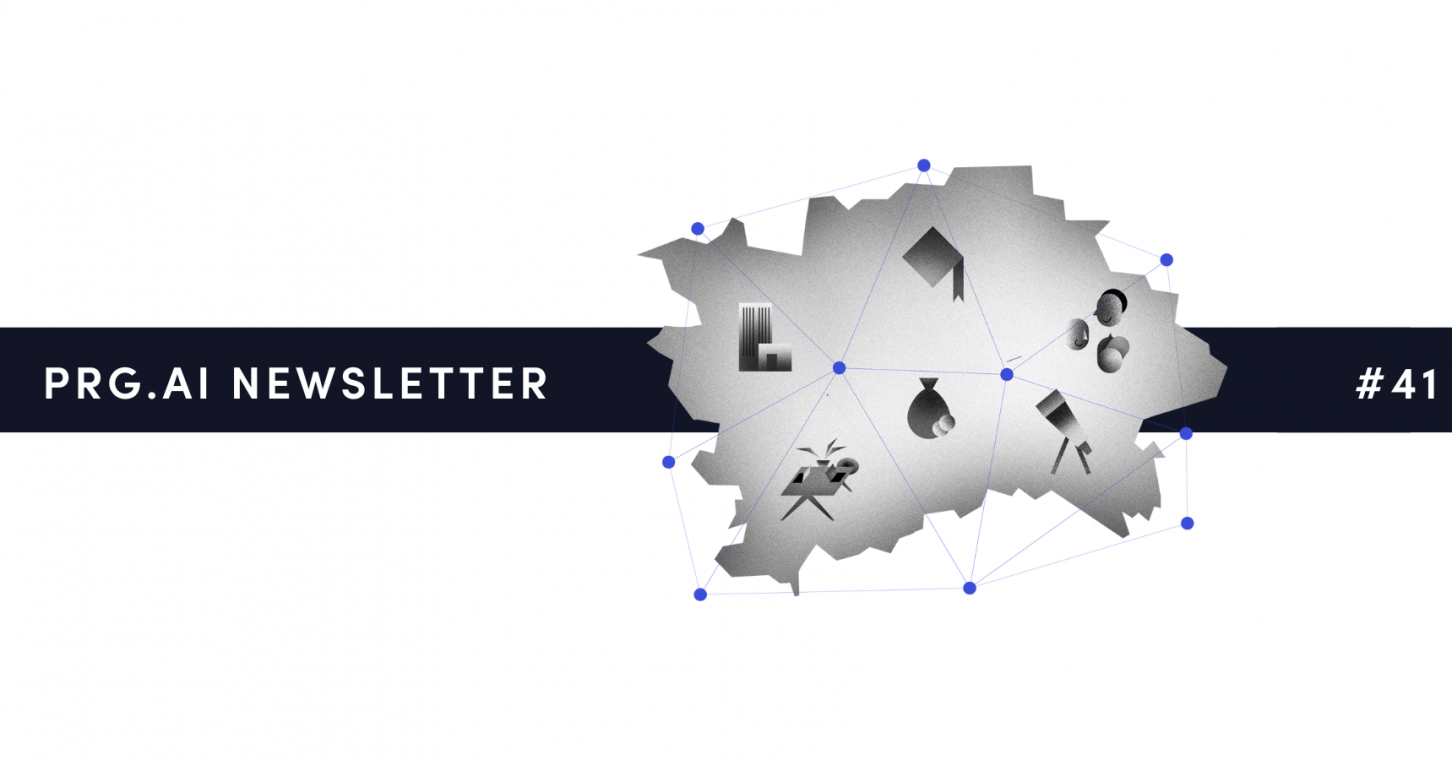
prg.ai newsletter #41
The first spring edition of our newsletter! Get the latest prg.ai updates, exciting news from the Prague AI scene, a curated list of interesting events, open positions, and much more. Stay in the loop!
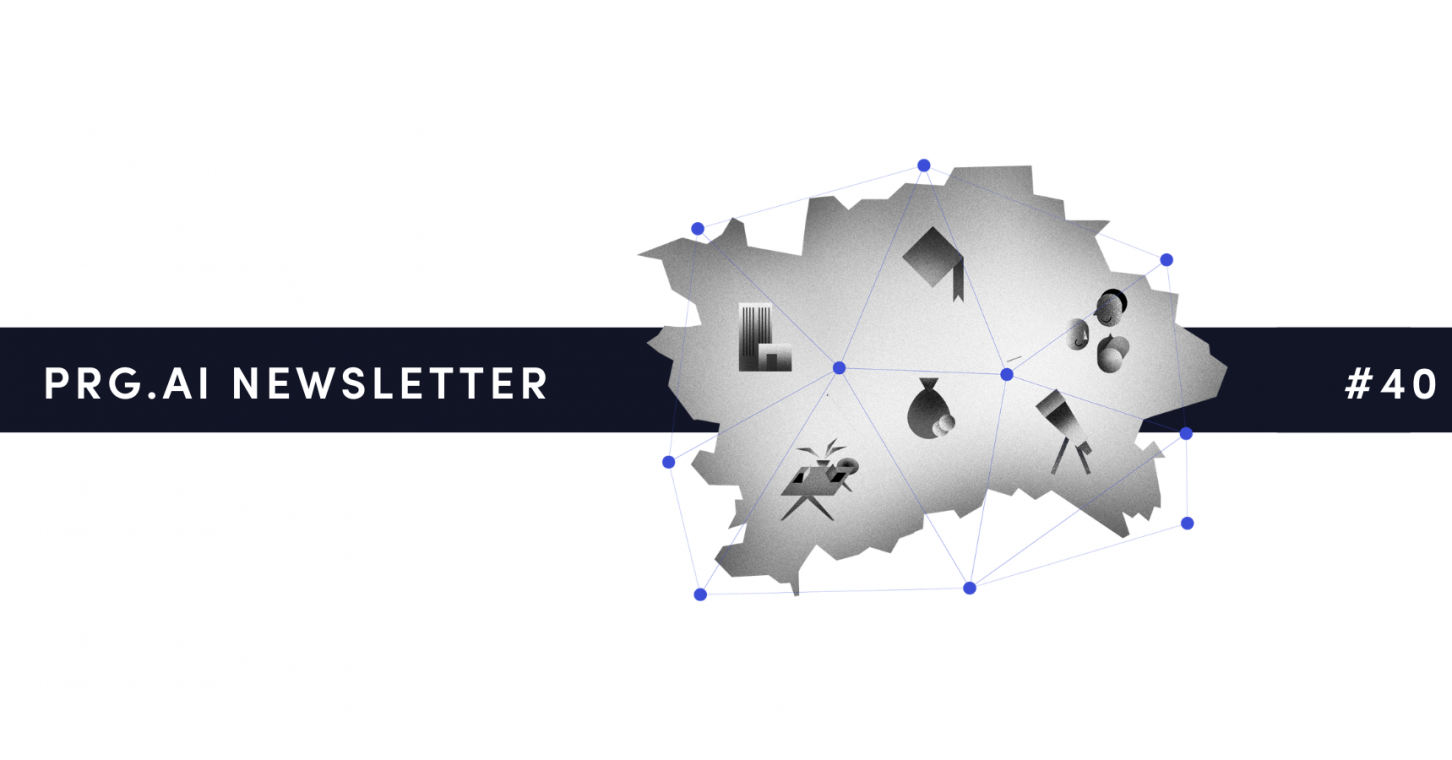
prg.ai newsletter #40
The fortieth milestone issue of the prg․ai newsletter is packed with news and intriguing facts not only from the Prague AI scene. Keep reading so you don't miss out on anything!
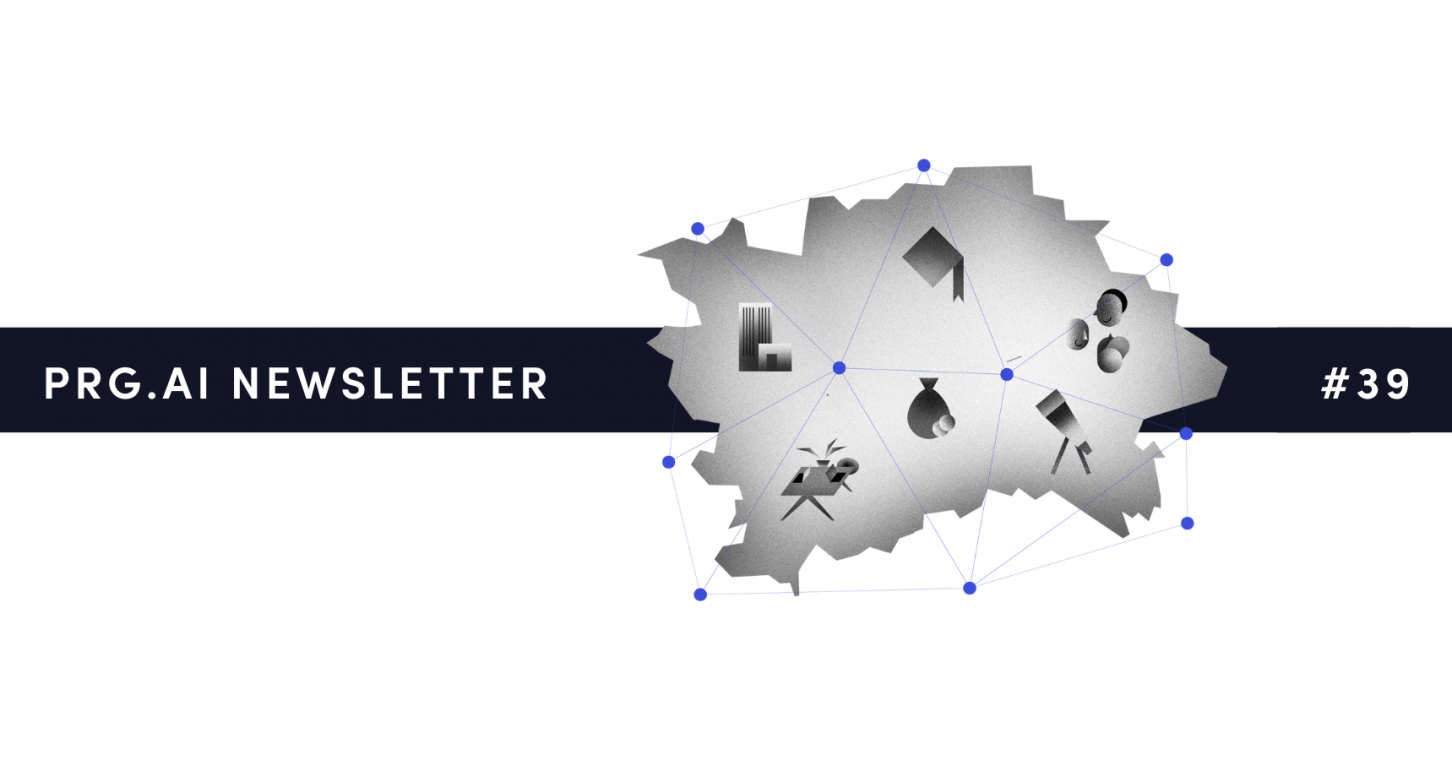
prg.ai newsletter #39
What did the first month of 2024 bring, and what can you look forward to in February? Find out in the next prg.ai newsletter. Check out what's new on the artificial intelligence scene (not only) in Prague.

